Having fun with Mesembryanthemum fruit capsules
The fruit capsules
If you have ever tried to extract seeds from a dried fruit capsule of a member of the Mesembryanthemum family, you will in all likelihood have suffered a couple of broken nails and a fair amount of frustration. Mother Nature shows us how it's done....
Most members of the Mesembryanthemum family have disc-shaped fruit capsules with cavities or chambers in which the tiny seeds are held and which are closed with various membranes and valves, which differ according to the various species.
Hygrochastic seed dispersal
The capsules ripen and dry out on the plant but remain tightly closed until it rains, when the valves open to allow some seed to be dispersed by the falling raindrops. As the capsules dry they close up again and re-open with the next rain, once again allowing a few seeds to escape. This results in a greater possibility of suitable conditions for germination. The term used for this method of seed dispersal is hygrochastic.
When I first heard about this I thought it was a bit far-fetched and just had to try it out. It is truly fascinating. You spray the dried capsules so that they are quite wet. In a very short time the valves open, exposing the seeds. The capsule then closes as it dries out.
The capsules are extremely tough and this is a magical way to get to the seeds without breaking your nails or resorting to pliers.
Apologies
Please forgive the poor quality of the photos - I'll do them again sometime, but for now this will have to do.


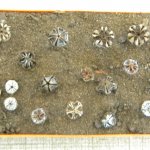
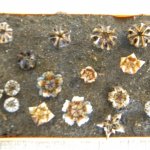
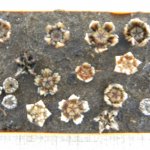
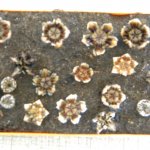
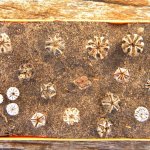


Comments
Thanx
Wow! What a lovely and informative site. So much easier to find info than Plantzafrica which I find confusing. Your search was also easy to use. I live in CT so can't come to your nursery :( I was never a very good gardener because I tend to forget about the garden for a time and then things die from lack of attention. Until I discovered indigenous gardening. I have recently got some books and I am now only buying plants that occur naturally in the Western Cape. My garden is transformed and the amount of birds is staggering. I would consider it a wild garden, lots of shrubs and growing trees. I have a new Halleria and a Chrysanthamoides within sight of my patio so I can enjoy the birds in the future. Thank you again, I will definetly be back
Going indigenous
Hi Liza
Thanks for the positive comments. As I have had no formal horticultural training, I also found that much of the information about our plants was scattered around in different books and sites on the internet, which made it difficult to find, and much of the wording was not in my vocabulary. As a gardener, my aim was to present the information I gathered without the botanical jargon, and specifically for gardeners.
Indigenous gardening is really the best choice and you are wise to use plants from your own environment. Then if you forget them for a while, they don't just curl up and die. I have often made the point that the indigenous garden may be the same amount of work but the results are so much more rewarding.
Your garden seems to be evolving into the perfect place for small wildlife to establish themselves. Too much interference frightens away the birds so that they do not feel safe to nest. Overly clean beds do not provide safe places for geckos and lizards to leave their eggs. And as your garden becomes more natural, the leaves, fungi and bacteria will feed the soil.
An interesting snippet I heard somewhere is that where an imbalance occurs, the first creatures to disappear are the frogs and toads and conversely, they are the last to return when the balance is restored. It took ten years in my Johannesburg garden before I saw a toad - you can imagine my delight.
Enjoy the benefits of your indigenous garden.
Kind regards
Lorraine
Add new comment